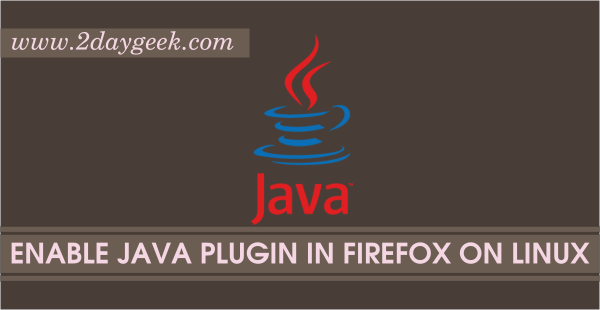
7 Answers 7 Create a directory called plugins if you do not have it. Starting with Chrome version 42 (released April 2015), Chrome has disabled the standard way in which browsers support. Chrome browser versions 42 and above. Unfortunately, the latest versions of Google Chrome have abandoned NPAPI and disabled its support. NPAPI was a great choice to use to activate Java in Chrome. How to Enable Java in Chrome.
Java applications are offered through web browsers as. Google's Chrome version 45 and above have dropped support for NPAPI, and therefore Java Plugin do not work on these browsers anymore. Implementation Status Example navigate-to Policy navigate-to example.com CSP Level 3The Java Plugin for web browsers relies on the cross-platform plugin architecture NPAPI, which had been supported by all major web browsers for over a decade. If form-action is present then this directive is ignored for form submissions. For example when a link is clicked, a form is submitted, or window.location is invoked.

Java Plugin For Chrome Code Evaluation Such
CSP Level 2Enables an allowed script to load additional scripts via non-"parser-inserted" script elements (for example document.createElement('script') is allowed). The nonce should be a secure random string, and should not be reused. CSP Level 2Script-src an inline script or CSS to execute if the script (eg: ) tag contains a nonce attribute matching the nonce specifed in the CSP header. Currently supports SHA256, SHA384 or SHA512. PPAPI plugins like PepperF.Prevents loading resources from any source.Allows loading resources from the same origin (same scheme, host and port).Allows loading resources via the data scheme (eg Base64 encoded images).Allows loading resources from the specified domain name.Allows loading resources from any subdomain under example.com.Allows loading resources only over HTTPS matching the given domain.Allows loading resources only over HTTPS on any domain.Allows use of inline source elements such as style attribute, onclick, or script tag bodies (depends on the context of the source it is applied to) and javascript: URIsAllows unsafe dynamic code evaluation such as JavaScript eval()Allows an inline script or CSS to execute if its hash matches the specified hash in the header.
Any server side programming environment should allow you to send back a custom HTTP response header. The behavior was allowed, and a CSP report was sent.In addition to a console message, a securitypolicyviolation event is fired on the window. Default-src 'none' script-src 'self' connect-src 'self' img-src 'self' style-src 'self' base-uri 'self' form-action 'self'In Chrome when a Content Security Policy Script Violation happens you get a message like this one in the Chrome Developer Tools: Refused to load the script ' script-uri' because it violates the following Content Security Policy directive: " your CSP directive".In Firefox you might see messages like this in the Web Developer Tools: Content Security Policy: A violation occurred for a report-only CSP policy ("An attempt to execute inline scripts has been blocked"). It is a good starting point for many sites. Does not apply to javascript: or inline CSP Level 3Here a few common scenarios for content security policies: Allow everything but only from the same origin default-src 'self' Only Allow Scripts from the same origin script-src 'self' Allow Google Analytics, Google AJAX CDN and Same Origin script-src 'self' ajax.googleapis.com Starter PolicyThis policy allows images, scripts, AJAX, form actions, and CSS from the same origin, and does not allow any other resources to load (eg object, frame, media, etc).



 0 kommentar(er)
0 kommentar(er)
